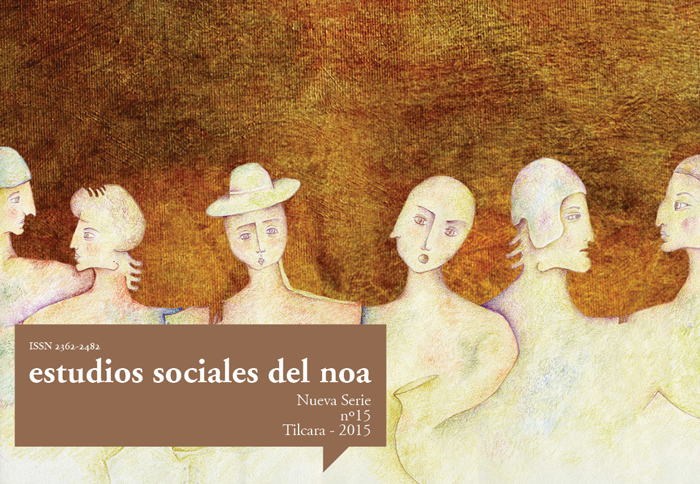Walking with Llamas; Modern caravans and analogies for pre-Hispanic traffic and exchange in Bolivia
Abstract
Andean topography presents natural limits on the appearance and cultivation of certain plants, and consequently offers a variety of specific products at different altitudes and in different climates. This is one reason for the high degree of mobility of Andean peoples, who developed certain systems of accessing resources not available in the region occupied. One of these pre-Hispanic systems was the interregional traffic and exchange of products via llama caravans. This tradition continues in remote areas of the Bolivian Andes and was subject of our ethnographic study. The investigation of modern caravans provides analogies that can help us understand the organization and material remains of prehistoric caravan trips. This paper is an ethno-archaeological approach to processes that produce material consequences that are useful for a possible investigation of caravan traffic in the past.Downloads
Authors who publish in this journal accept the following conditions:
- The authors or translators retain the copyright and assign to the journal the right of first publication, with the work registered under the Creative Commons Attribution-NonCommercial-ShareAlike 4.0 International, which allows third parties to use what published as long as they mention the authorship of the work and the first publication in this journal.
- Authors may enter into other independent and additional contractual agreements for the non-exclusive distribution of the version of the article published in ESNOA (eg, include it in an institutional repository or publish it in a book) as long as they clearly indicate that the work was first published in this journal.












